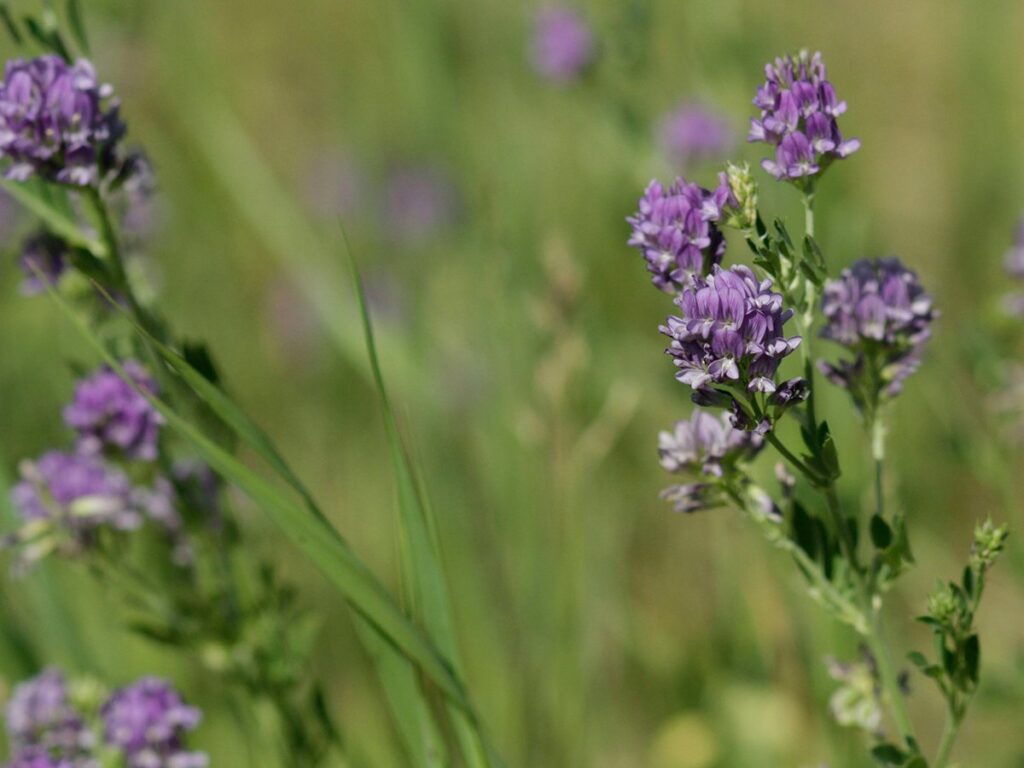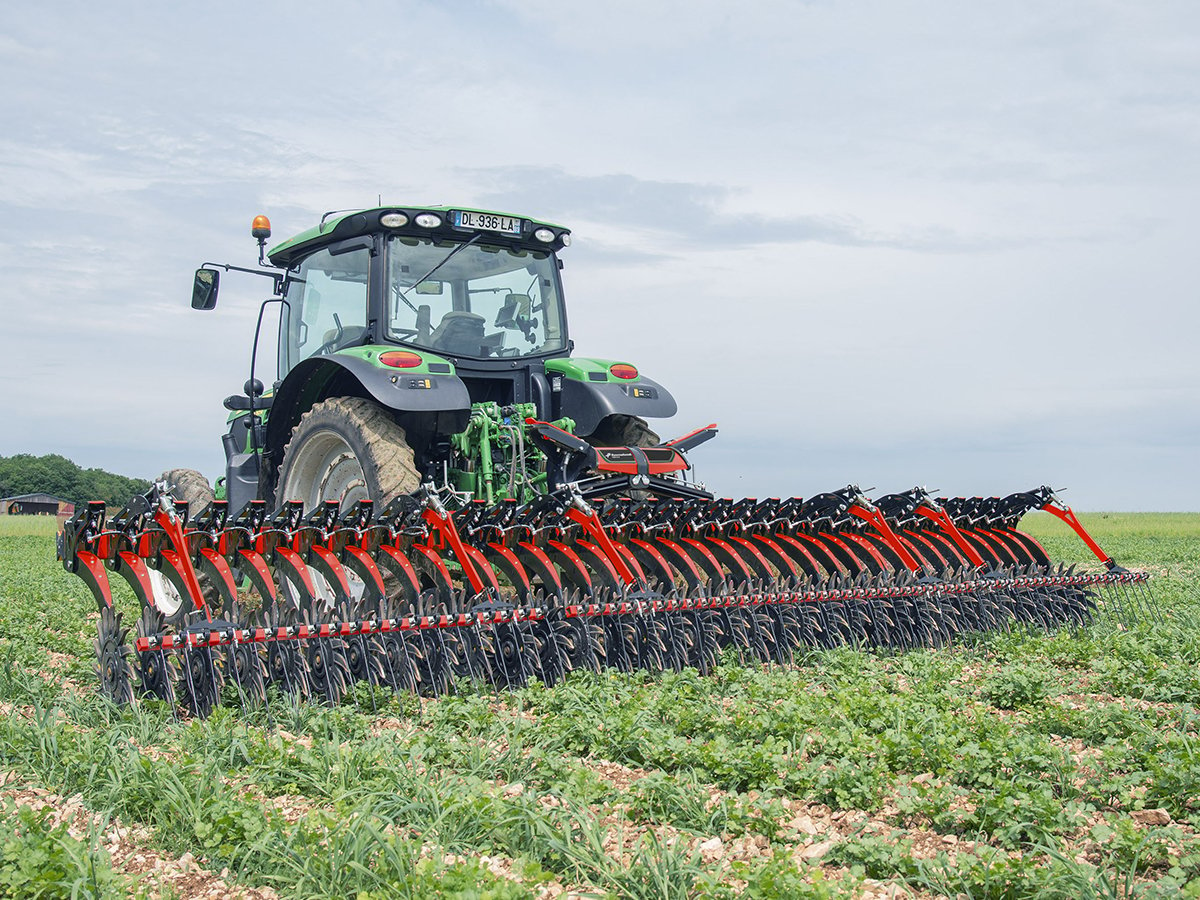Grow forages, starve weeds | The Western Producer

Weeds thrive on routine. When you grow the same crops year after year, weeds adapt and get tougher to control — especially as herbicide resistance spreads.
Shaking up that routine, though, by adding forages to the rotation, can tip the balance in favour of farmers.
Kim Brown, a weed extension specialist with Manitoba Agriculture, spoke about weed management at the Canadian Forage and Grassland Association’s three-day forage workshop at the University of Manitoba in March.
Read Also


Inter-row cultivation helps organic crops
Two organic producers at the recent Advancing Organics conference in Saskatoon said inter-row cultivators are worth the expense, noting considerable benefits with their use.
“Forages actually can be used to combat resistant weeds,” said Brown. “A perennial forage stand will last for several years, but in a spring annual crop rotation, you’re dealing almost exclusively with annual crops most of the time.”
Herbicide-resistant weeds are becoming a big problem in Western Canada. The more often a herbicide is used, the greater the risk that weeds will develop resistance to it.
Forages provide a way to slow this process by reducing the need for herbicide applications and introducing different management strategies, Brown says.
“These crops allow a break from traditionally used herbicides in annual crops,” she says. “Sometimes you’re not using herbicides at all. And every time you use a herbicide, you are one step closer to getting resistance to that herbicide. Forages buy you more time.”
Because forages remain in the ground for multiple years, they break the cycle of spraying that lets resistant weeds take over. Cutting or grazing physically removes weeds before they set seed, preventing resistant populations from spreading. Some forages also grow aggressively enough to outcompete weeds, further reducing the need for chemical control.
Herbicide resistance isn’t a question of “if’” — it’s a question of “when,” Brown notes. “We’re still going to get resistance at the end of the day… If you can delay that, that’s a good thing, because we aren’t getting any new products — not for a while anyway.”
Forages also allow farmers to use different or less common herbicide modes of action, slowing the selection pressure that leads to resistance. It changes things up and makes it harder for weeds to adapt, Brown says.
However, forages aren’t an easy fit for every operation.
“You have to have a use for that forage,” she says. “A lot of our grain guys just don’t have a use for it.” But for those who can integrate forages, they provide a valuable way to extend the effectiveness of existing herbicides, buying time before resistance takes hold.
Weeds that affect forage crops
While forages can help manage weeds, they are not immune to weed issues themselves. Weeds in forage crops can reduce yield, lower forage quality and cause issues at harvest.
“Weeds generally reduce yield because they compete for water, sunlight, and nutrients,” Brown says. “They also can reduce quality because they can be less valuable plants.”
While she notes some weeds can have some forage value when managed properly, most weeds are less beneficial and can even be harmful. Some are toxic to livestock, while others serve as hosts for insects and diseases that affect forages.
Downy brome, a winter annual, is one weed to watch. Because it grows and sets seed before many forage crops get established, it can persist if not controlled early.
Palmer amaranth and waterhemp are tearing through herbicide modes of action, developing resistance at an alarming pace. While their impact on forages is still uncertain, Brown notes they need disturbed soil to grow, so they’re less likely to pop up in established forages.
“You might see them in that first year,” Brown warns, “and you don’t want them to set seed, because they can have a million seeds per plant.”
But Brown singled out Canada fleabane as an important weed for forage growers to monitor. This highly competitive weed is resistant to multiple herbicides, in other jursidictions, and Brown notes she sees it increasingly making its way into Manitoba’s fields.


“It germinates from the soil surface, so it’s really good at establishing in perennial forages,” she says. Unlike some other weeds, which are held in check by frequent cutting, fleabane is persistent and difficult to control.
Canada fleabane is easy to recognize. It has a single, upright stem covered in fine, sparse hairs — not soft like kochia, but not prickly either, as Brown describes it.
The plant produces tiny, dandelion-like flowers that develop into fluffy white seed heads. Those seeds are incredibly lightweight and can travel long distances on the wind, making the weed especially difficult to contain.
Brown has been watching its spread for years. “It’s always been in the ditches and the edges of trees,” she says. “But in the last couple of years, it’s moving into crop fields. We’re still killing it, but when something moves from the ditch into the field, resistance is usually not far behind.”
Long-term strategy
Forages aren’t a silver bullet, but they’re a solid tool in the fight against weeds. Integrating them into a crop rotation can help manage weed populations, extend the effectiveness of herbicides, and contribute to overall soil health.
“We’re always going to have weed problems,” Brown says. “But forages give us another way to manage them and delay resistance. If you can find a use for that forage, it can be a really valuable addition to your system.”
Source: producer.com


